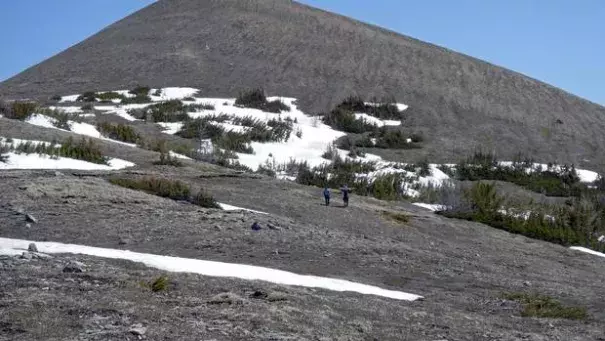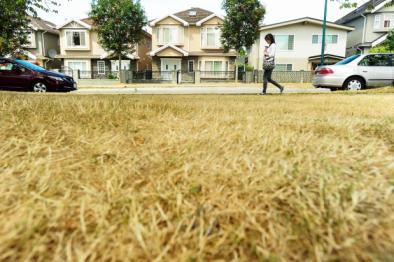Signs of drought appear to be in Western Canada for the long term

High in the Rocky Mountains along the British Columbia-Alberta divide, John Pomeroy is seeing signs of the changing climate that has brought a crippling drought to the U.S. West.
The director of the Centre for Hydrology at the University of Saskatchewan monitors 35 remote observatories in the mountains from Kananaskis, west of Calgary, to the Athabasca glacier, 100 kilometres south of Jasper.
And the data he is collecting – which show snowpacks vanishing at record speed – point to dramatically reduced river flows across B.C., Alberta and Saskatchewan this spring. With recent record dry spells in some areas, the shortage of runoff water could lead to drought across a vast region of Western Canada.
“We’re not there yet,” he said, when asked if it could get as bad as the disastrous U.S. situation, which this year is expected to cause agricultural losses of $3-billion in California, $1.2-billion in Washington and an unknown amount in Oregon.
But there is reason to worry, he added, because the conditions are linked to climate change and appear to be here for the long term.



